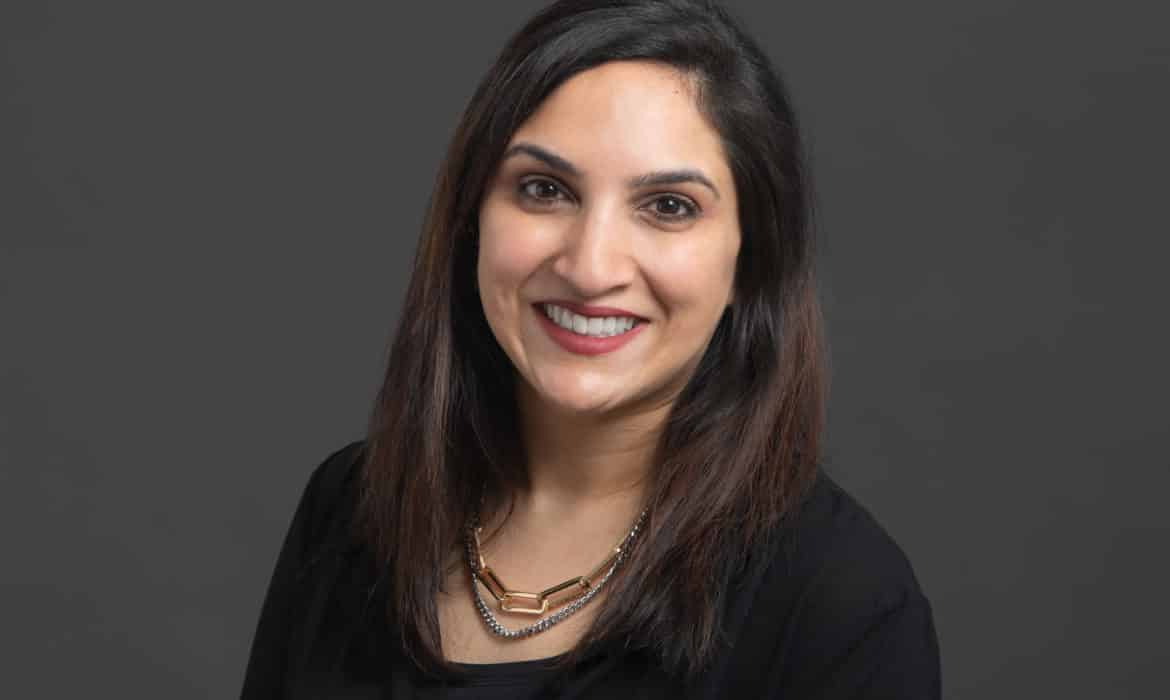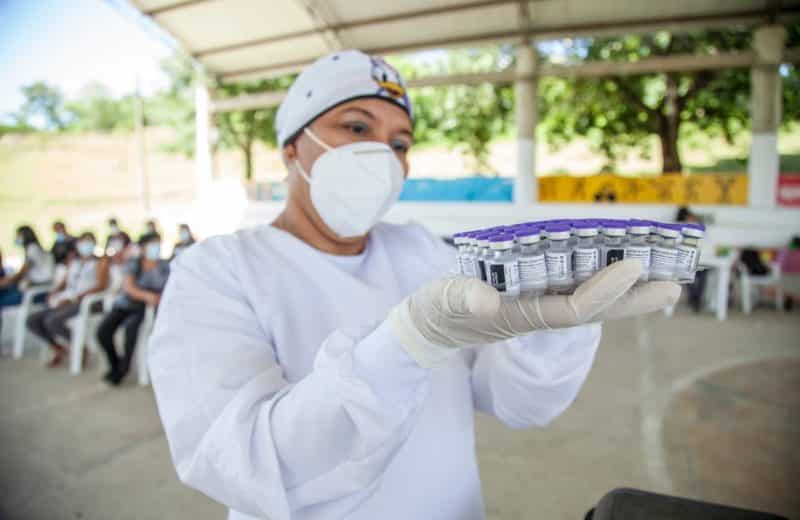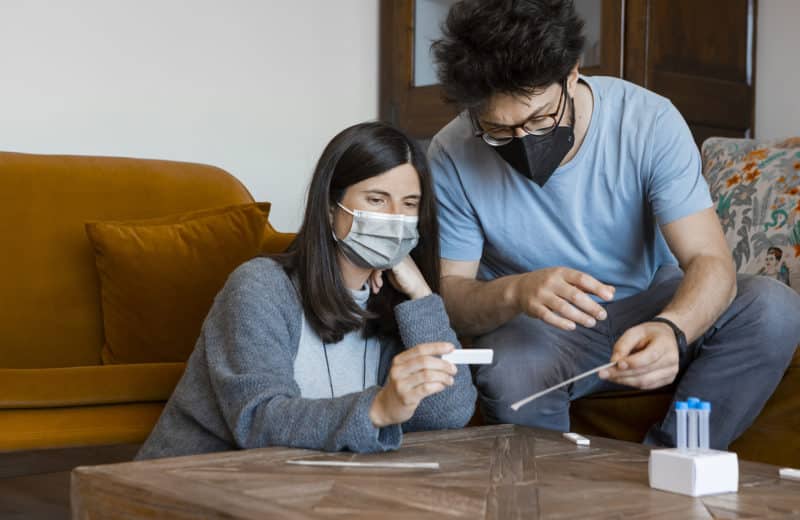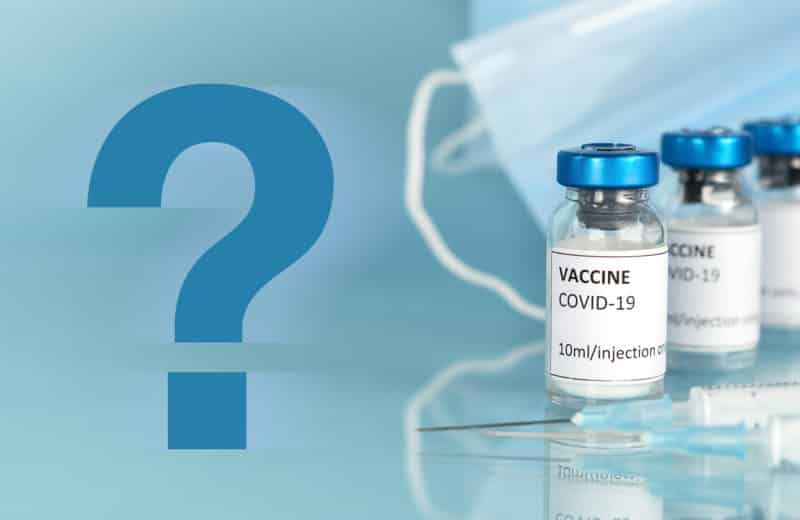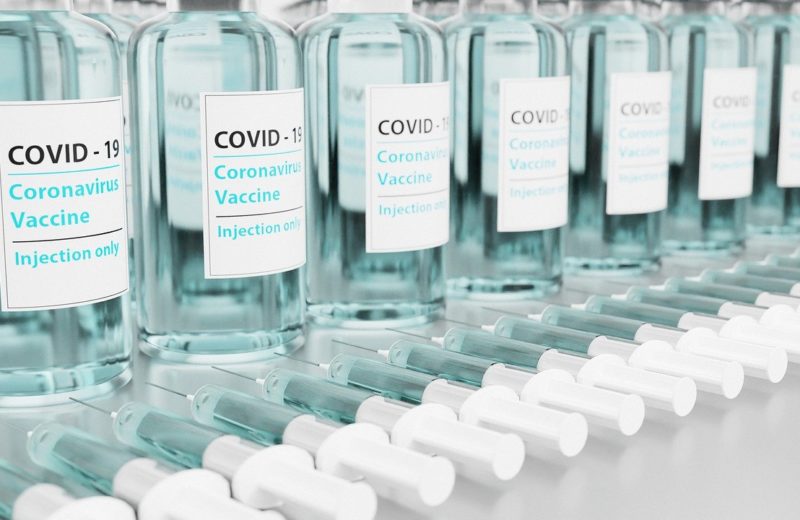A day in the life of an emergency medicine physician preparing for the coronavirus
Meeta Shah, MD, is an emergency medicine physician and associate chief medical informatics officer at Rush University Medical Center in Chicago. She assisted in developing a video visit platform for triaging coronavirus patients through Rush’s current virtual care services. Here’s her first-person account of how a hospital is preparing for a surge in coronavirus cases, as told to Chicago Health associate editor Katie Scarlett Brandt.
This is real. Everything in the city is getting shut down, but everything at the hospital has to be activated and enabled. All of our preparation now goes live as fast as possible. The dominoes are starting to fall — schools close, restaurants close, everything closes. Now it’s time for us to start making all the moves.
We were already making them, actually. Now we’re just working at a higher intensity.
When you think about a hospital system in general, we still have to be open, and we have to be open safely. There’s so much that goes into that: protecting the people providing care, protecting patients, building a skeleton crew.
The thing I’m most heavily involved in is the health IT part of this, the technology. Besides keeping everyone at the hospital as safe as possible, we’re also enabling technology that lets our non-clinical staff — the marketing people, accounting — work from home. We’re ensuring that everybody is prepared and has the right equipment and right amount of knowledge.
When we’re looking at appointments coming in, we have to see every patient as important. But under these extreme circumstances, we also have to ask ourselves which ones can wait. Which surgeries can wait? What can be done over the phone? What can be done over a video screen? Who can’t wait?
But under these extreme circumstances, we also have to ask ourselves which ones can wait. Which surgeries can wait? What can be done over the phone? What can be done over a video screen? Who can’t wait?
Then there’s making sure everybody has the supplies they need — certain masks and personal protective equipment. The majority of my 18-hour day today was figuring out how we can better use our virtual care. Things that take weeks or months in development, we’ve had to figure out how to do in a week. And then all we’ve done to prepare can unravel when recommendations change from the Centers for Disease Control and Prevention or when the president announces a national emergency. Just when you think you have one thing figured out, there’s another thing to figure out.
We have a command center that meets twice a day, in the morning and afternoon. Think of the command center as the middle of the wheel, and then smaller groups split off before and after as we figure out what’s needed. We’re trying to think of everything and problem-solve before a problem even arises.
There are people in the command center who have been working 18-hour days for two weeks now, and that’s just because they have a passion for patient safety. At the end of the day, healthcare workers go into medicine because we like to care for people. Because of that, there’s been this response to mobilize. We’re thinking of what the public needs. The public health comes first. Everything else comes second.
We’re doing what’s called surge planning now, where we figure out how to make more of the available space we have. We’re figuring out how we empty the emergency room because we’re concerned about coronavirus.
We’re thinking about challenges like: How do we keep the lab up and going when they’re doing flu tests and also COVID-19 testing? What precautions do environmental services workers need to take? How are they doing? How are we going to support our staff who have to be home with their kids?
Some challenges we hadn’t considered until recently — like the mass amount of information out there. Some of it is true and some false. I can’t imagine how hard it is for patients to navigate through that. So we’ve started thinking about what we can put out there that will be educational or clarify things for patients.
Our video visit platform operates like a virtual urgent care. It existed before coronavirus, but it’s especially helpful now. We’ve had a big surge in users. People are calling and videoing in. Today, we were having a lot of people using the platform for its original intent — as digital urgent care, not for coronavirus but for other urgent care concerns like skin rashes and twisted ankles.
That’s good because it signifies that people are saying, “I shouldn’t leave home to go to an urgent care. If I can do this with a video visit, I’m going to do this with a video visit.” Some people who use it are worried specifically about coronavirus, even if their symptoms don’t fit. They don’t feel well and want to talk to a doctor, to get that reassurance.
I tell most people who video in to just stay home, to self-isolate and to stay 6 feet or more from others if they do have to go out. Wash your hands a lot.
I notice a difference now in what people know. They’re understanding that they should stay home. They just want better guidance. Some people really want to get tested, and it’s hard to tell them that who we test right now is controlled by the public health departments. We have to be as vigilant as possible by those guidelines, but they change every day.
I’ve also been doing a lot of reassuring. The virus seems to be milder in younger individuals. I’m not discrediting their illness, but it’s helpful to counsel them that they’re more apt to do better than their older parents or grandparents. By the same token, it’s so important that they not spread it to older folks.
We’re all in a situation that we never expected to be in.

